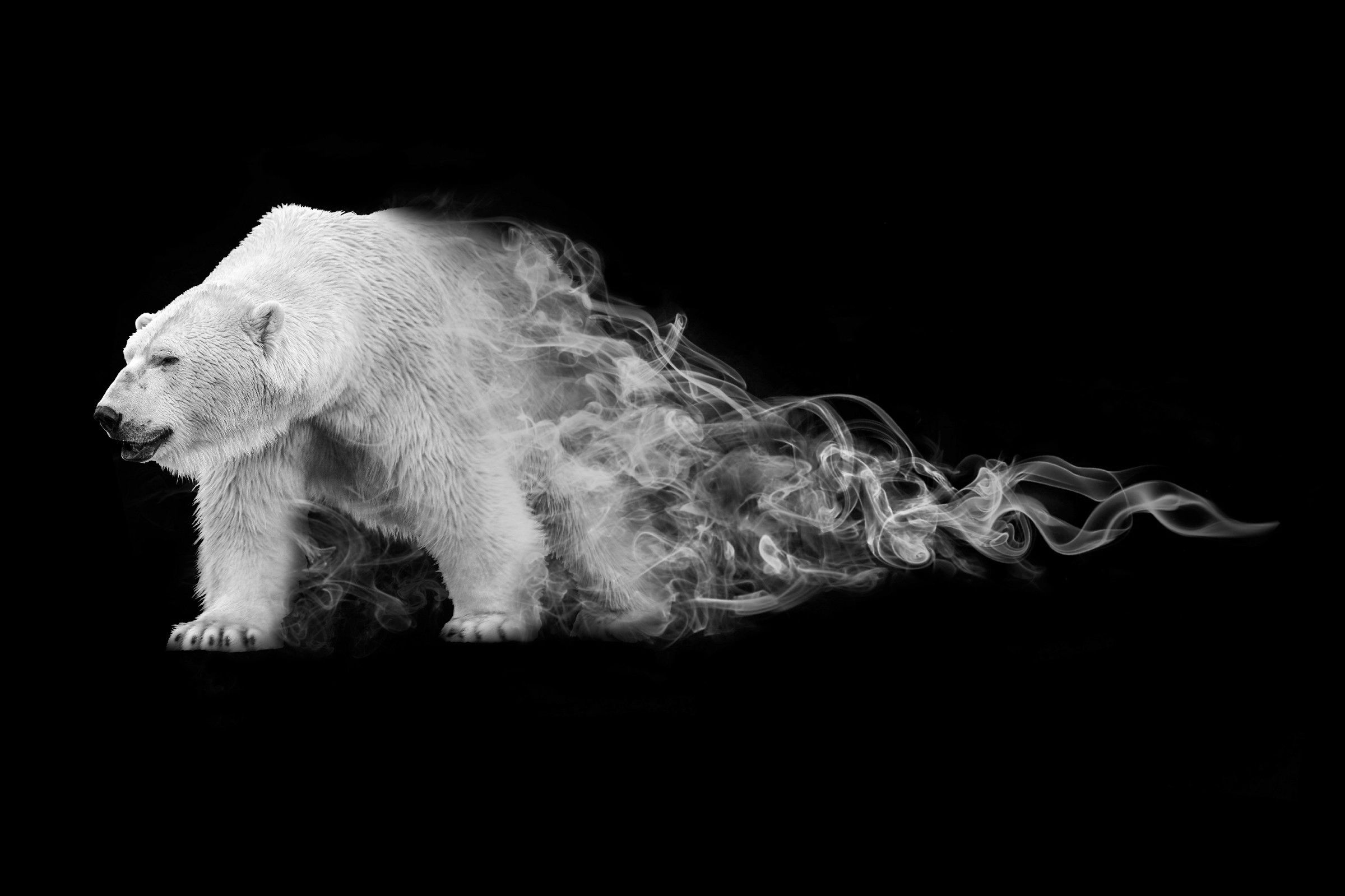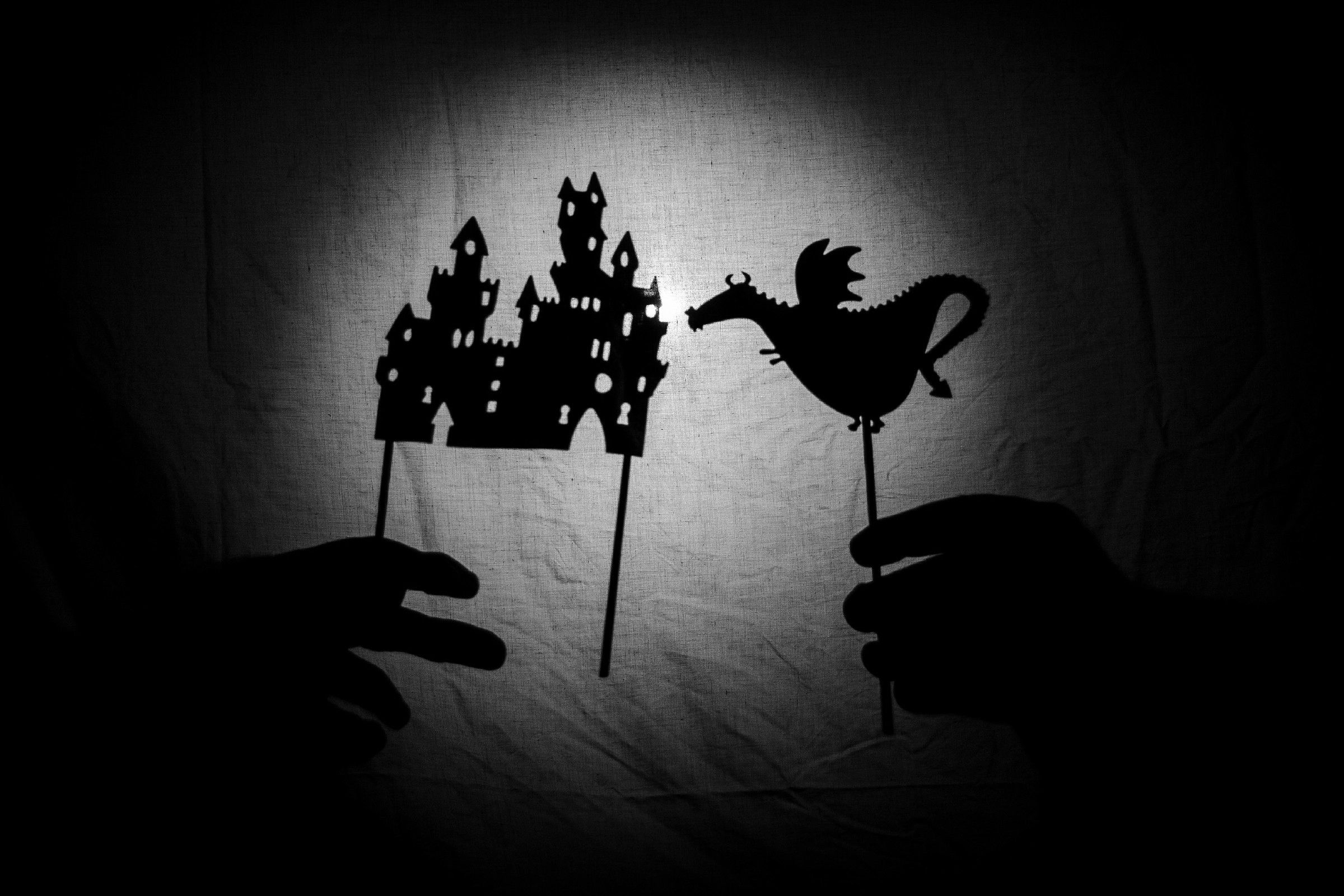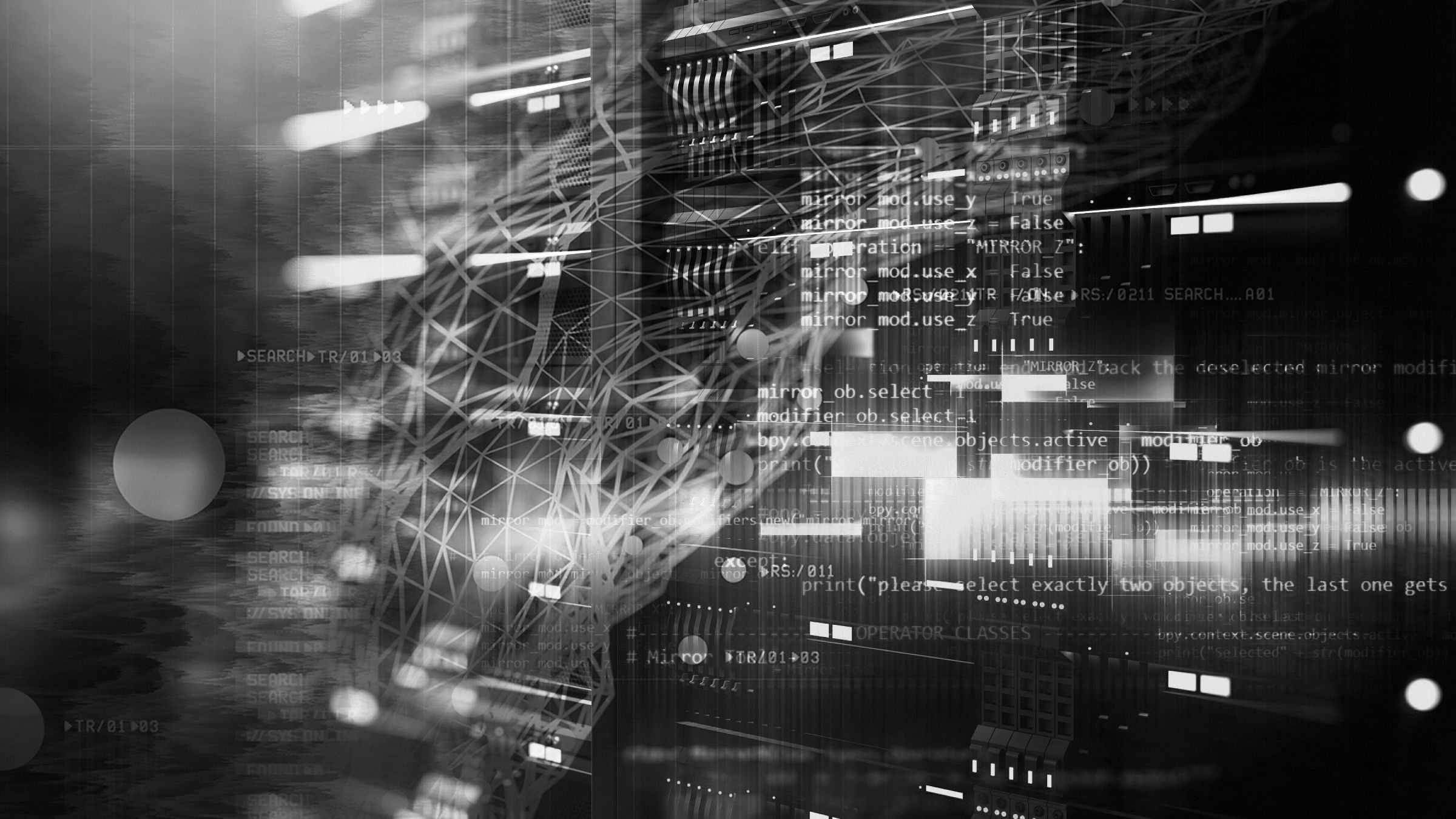Graphic design: visual adventures offline and online
author: Monika Torokne Nagy
Graphic design is a step in marketing task that fundamentally determines the overall impression of a product, website, publication, or advertisement. It is an area that lies at the interface of creativity, emotional appeal, and rationality. What do you need to succeed in graphic design? A good brief and an excellent graphic designer, or more precisely: a unique idea, a large dose of empathy, and amazing precision.
The importance of graphic design is being recognised by more and more companies. While there are now many software tools to choose from that make the process easier, it is important to realise that professional work requires a professional. According to Piktochart, 64% of companies spend between $1,000 and $10,000 a year on graphic design. According to the survey, companies are most likely to use this tool to better communicate with customers (55%), drive social media engagement (24%), and improve internal communications (19%).
But what exactly is graphic design? What are the design principles and what types of design are there? Get answers to these questions in the continuation of this blog post!
Good graphics improve the user experience
Graphic design is an extremely important tool for communication. In the modern world, where information and content are overflowing, it is therefore of paramount importance that our visual messages are clear, understandable, and attractive.
The ability of visual communication to instantly convey a message is unique. A well-designed logo, website, or mobile app can grab a user's attention and make a direct connection with them in a short space of time. The visual content created by graphic designers is therefore not just an appearance, but the result of a creative process that is an important element of communication and information transfer.
Improving the user experience is a fundamental goal of graphic design. It is not enough to be eye-catching; the design must also be functional and user-friendly. According to the definition published by the Interaction Design Foundation, graphic design uses visual hierarchy and page layout techniques to convey messages through typography and images. In this way, graphic designers are not only active in the field of visual aesthetics but also actively involved in shaping the user experience, considering the specific needs of users, and optimising the presentation logic of interactive designs.
The graphic designers' work is based on in-depth analysis. They must understand the needs of the target audience and come up with visual solutions that are not only eye-catching but also optimal in terms of usability and accessibility.
According to the principles of Gestalt psychology, the visual elements used in the design - such as colour, shape, line, space, and texture - must be in harmony with each other and work together to communicate the desired message. This harmony and balance is essential to successful graphic design, contributing to easy understanding of content and enhancing the user experience.
Graphic design is much more than "just" making pretty pictures: it is a combination of communication, creativity, and a deep understanding of user needs, manifested through complex processes in the form of visual content to enhance the user experience both offline and online.
Graphic design in the offline world
Graphic design has a significant impact on our everyday lives, not only in the digital world but also offline. It is everywhere, from the pages of a book to corporate identity, shaping and defining the visual character of our environment.
Offline graphic design starts with the precise application of basic elements that allow us to communicate the essence of our brand identity without using a single word. The combination of colour, shape, and typography is the language through which designers communicate to the world.
Printed materials
Printed media such as books, newspapers, and posters allow graphic designers to show their creativity through traditional means. A well-designed book cover or advertising poster can stop people in their tracks, grab their attention, and make them think.
Corporate identity
Designing logos, business cards, and other visual elements is a key part of creating a corporate identity. These elements reflect the values, goals, and mission of the company. Effective brand design contributes to brand recognition and long-term success.
Packaging design
Product packaging is another essential component of brand identity. Well-designed packaging is not only attractive and eye-catching, but also informs about the product and helps to create a positive first impression.
Environmental elements
Environmental graphic elements used in the office environment, such as wall art and decorations, stickers, etc. also fall within the scope of graphic design. These elements can enhance the workplace atmosphere, motivate employees, and reinforce the corporate culture.
Graphic design in the online world
In the online space, graphic design plays a key role in how we communicate and present our identity in the online world. The role of graphic design in the online space has grown significantly in recent years, bringing new opportunities and challenges for designers. Let's find out what graphic elements we should expect in the digital world.
Web design: user experience and interface design
When designing a website, graphic designers need to focus not only on visual appeal but also on making the site easy for users to navigate. Adding to the challenge, the design must therefore be functionally appropriate for all users.
Mobile apps: designing interactivity and navigation
In the world of mobile apps, graphic design focuses on interactivity and ease of navigation, where designers are tasked with creating intuitive interfaces that make it easier for users to access information and use the app's features.
Social media: the importance of visual content
In social media, graphic design focuses on creating visually appealing content that reinforces brand presence and generates interaction between users. Successful social media strategies often rely on creative and attention-grabbing visual elements.
Digital advertising
When designing digital ads, graphic designers work to create visual messages that capture the attention of the target audience and inspire them to act. Here, the power of visual communication is critical to achieving success.
Graphic design for animation
Animations are playing an increasingly important role in online communications, allowing graphic designers to create dynamic and moving visual stories. The use of animations enhances the user experience, helps convey messages and increases user engagement.
Graphic design with Meraki
Graphic design takes many forms in our environment, both offline and online. The following Meraki projects illustrate how colourful and versatile graphic design is.
Gabiyo brand design
By creating a unique visual identity, the Gabiyo project demonstrates the power of graphic design to convey brand values and ideas powerfully. Throughout the project, the designers used elements that reflect the dynamic and innovative nature of Gabiyo, while also making it easily recognisable to its target audience. This was the spirit behind the rebranding and the new packaging and concept.
HRmaster Magazine
By visually designing HRmaster Magazine, the designers created readable and visually appealing content that not only provides HR professionals with useful information but also makes the reading experience a pleasant one. The Meraki team was responsible for the visual and content implementation of the publication for this project.
Clementine newsletter
The design of the Clementine newsletter shows the role of graphic design in direct customer communication. Here, the designers used visuals to create a personal touch that increases the effectiveness of their message and helps to strengthen customer loyalty.
Profirent ads
In the case of Profirent ads, graphic design is used to illustrate the visual support of marketing strategies. Here, the designers have created visuals that capture the interest of potential customers and colleagues and reinforce the brand image that ultimately contributes to the company's business success.
Summing up, these projects demonstrate that graphic design plays a critical role in communicating messages and building brand image and adds value for both clients and businesses. At Meraki, we demonstrate that graphic design is not only an art form but also a strategic tool that can be the key to effectively communicating with target audiences and achieving business goals.









